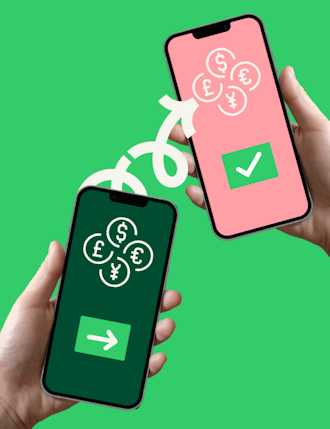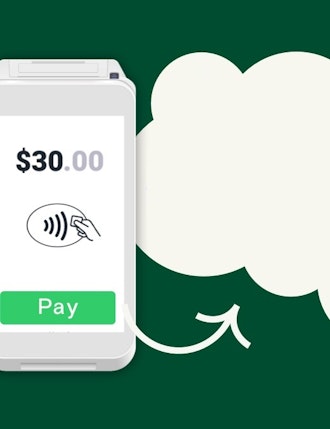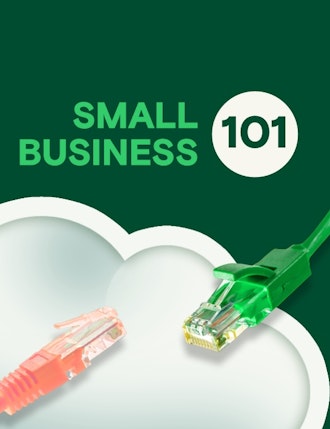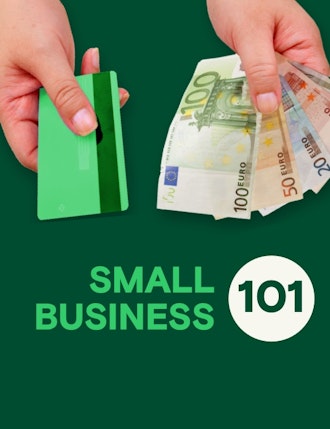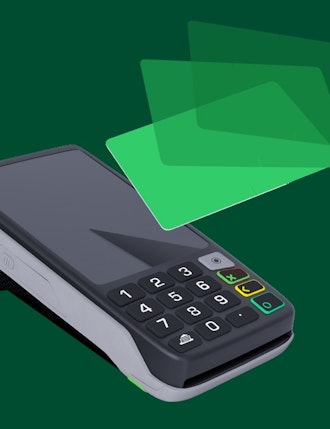Agility is essential for a growing business. Being agile means you can respond to customer trends. You can change tact in line with what the market is doing and if you grow quickly you can cope with this rapid change.
The best businesses are agile across every facet of their organisation. And this includes the way payments are taken and handled, with the need to be agile underpinning your technology choices. So, with that in mind, in this blog post, we’ll look at the difference between payment orchestration technology and a payment gateway. And we’ll do so by keeping the notion of agility front and centre.
Payment orchestration vs. payment gateway: Understanding the key differences
Payment Gateway
Let’s first start with defining a payment gateway.
A payment gateway is the means of collecting customer information for payment. It is the front-end technology that oversees the transmission of customer information to the merchant’s bank (merchant acquirer) and processes a successful transaction on behalf of the merchant. If you’d like to know more about choosing the right payment gateway for your business then please read our guide here.
Payment gateways do the following:
- Validate the customer’s method of payment securely, for example, a customer’s card details.
- Ensure there are enough funds to complete the transaction.
- Approve the transaction and transfer the amount to the merchant account.
A payment gateway usually works in one of the following three ways:
- On-site payments – handled by the merchant’s server with the checkout experience and payment processing all working through the same system.
- Checkout on-site, payment off-site – the front-end checkout occurs on the merchant’s site, with payment processing done through the payment gateway’s back end.
- Redirects – the customer is taken to a separate payment page to complete the payment transaction. PayPal is a good example of this.
Payment orchestration
Payment orchestration on the other hand is the integration and management of the end-to-end payment process. It can include factors like authorising payment, routing transactions and handling settlements.
Different payment service providers (PSPs), acquirers and banks are connected on a single unified software layer. It brings together all stakeholders in the payment cycle, whether merchants, acquirers, payment processors, providers of alternative payment methods and also providers of data management solutions. A payment gateway will be included in this ecosystem too.
Static vs. agile solutions
A payment gateway is at the foundation of a payment orchestration platform, but it is just one element. It is also a static service, which means the payment methods are presented in the same way under all circumstances. The route to the merchant acquirer/PSP is fixed with all transactions sent to the same location.
Payment orchestration on the other hand focuses on a comprehensive payment ecosystem of global, regional and local acquirers/PSPs, as well as fraud management providers amongst many others. This gives a merchant the flexibility to choose their providers for each service.
Say, for example, a merchant might want to offer an alternative payment method to cope with changes in consumer behaviour. With effective payment orchestration software, it’s a simple process to connect with a PSP offering this. Buy now pay later (BNPL) for example can be offered via a single API connection, quickly and effectively. The merchant also has a choice of the best PSP to provide this. They aren’t limited and can be agile in their approach.
Without effective payment orchestration, this would need to be done manually with a third party on a separate platform. Effective payment orchestration also enables businesses to effectively grow into more territories and accept payments in multiple currencies by connecting with global PSPs through API connections.
Fraud protection is an essential part of a payment gateway, with protection measures like encryption and tokenisation in place. But again, this is done statically with single solution options for fraud management. With payment orchestration, merchants can choose their security providers from across the entire payment ecosystem, easily integrating them into their technology stack.
The data capabilities of payment orchestration software also mean that merchants have access to real-time data, whether payment trends, consumer behaviours or fraudulent activity. This data can then be used to improve the way the business operates and enhance the payment experience for customers. Just as utilising payment orchestration software can bring benefits, not integrating with a payment orchestration platform can have a negative impact on a business. Without backend updates, the live operations are constantly affected, making it difficult to adapt to changing customer needs and industry standards.
Put simply, payment orchestration brings the essential agility and flexibility for businesses to flourish in the modern world.
In-person payment orchestration
But what if a business also takes in-person as well as online payments? Do they then benefit from the data flow of payment orchestration to truly understand their customers? Can they bring the flexibility of alternative payment methods into the offline world too and make payments in store as innovative as online? Or do in-person payments remain separate from the payment ecosystem?
At Aevi, we believe that effective payment orchestration must connect all elements of the payment ecosystem. Our platform is open, device-agnostic, and flexible, and it effectively makes in-person payments digital. It enables payments and data to flow through any channels that may be required, whether online or in person. It allows the entire ecosystem to evolve by connecting all the different players in the payments ecosystem. And it brings true agility for merchants to grow in line with the needs of their customers.
Get in touch with us to discover what our platform could mean for your business and your customers.


